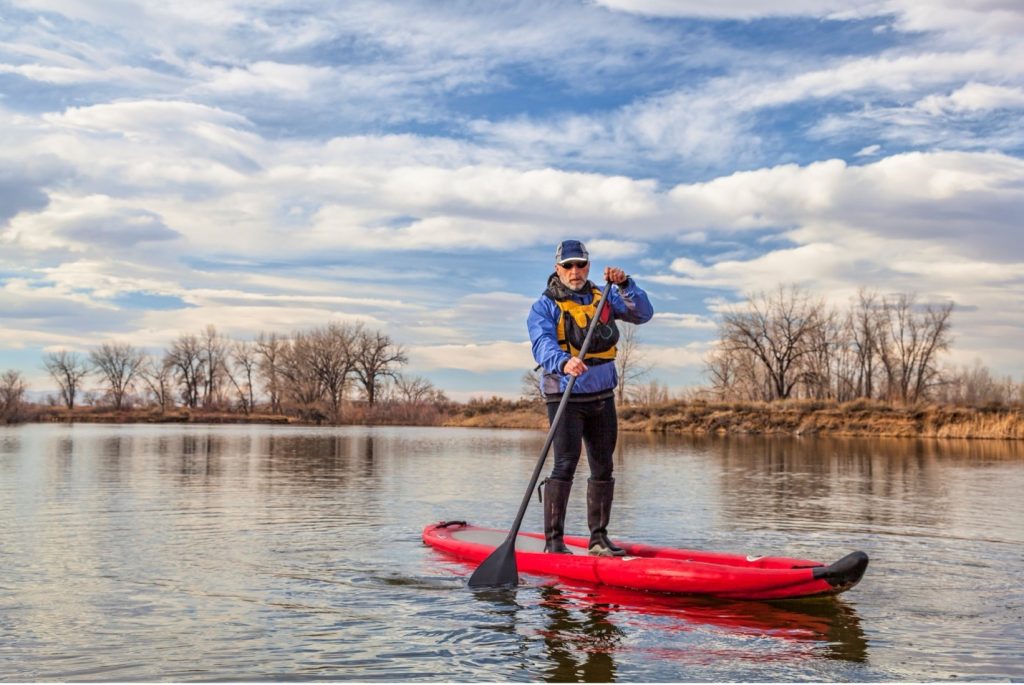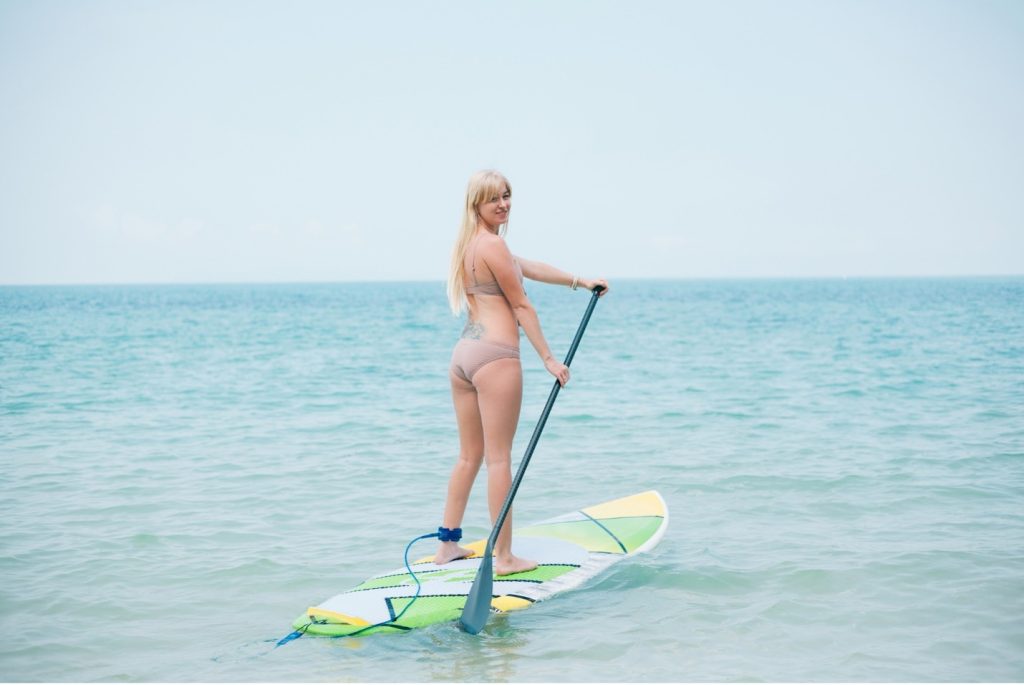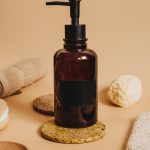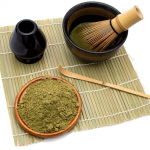Standing up paddleboarding should be a must-try when you want to relax or have fun. Aside from a refreshing time in a body of water, you can also get a full workout and exercise. With the help of the board, you will have a vantage view of what’s out of the horizon or know what’s under the water.
However, before you try this sport, you might want to know about the gear and accessories you need to bring. Aside from the paddle board, you also need to learn some skills to ensure that you stay safe while out in the sea. See tips on how you can get started on this page.
What Gear Do You Need?
Board: If this is your first time trying this hobby, you can buy or rent a paddle board from online shops. Ask your friends or search online for stores near you that cater to paddleboarding. You might want to try it first before buying it to see if you love it.
Selecting the board will mean that you need to get one that matches your skills and weight. There are inflatable and solid SUPs to choose from. The length can be under 10’, or it might be a longboard that measures 12’6’’ and up. Longboards are great for long-distance tours and fast paddling, while the short ones are more maneuverable and are great for kids.
If possible, try the ones with fins on them since they add more stability. They can be the longer ones with wider bases that will add more maneuverability. Some staff at the rental stores can guide you on what is best if you are a beginner.
Paddle: The paddles can be similar to that of a canoe paddle in appearance. However, they have a blade in the shape of a teardrop angled forward to achieve the best efficiency. You need to get the right length of the paddle that makes it comfortable for you to navigate the water.
Choosing a paddle will mean that you need to consider its material, length, and blade size. Some are fixed, and others prefer adjustable-length paddles and the latter because they are versatile. You can experiment and adjust the paddle according to the activity that you plan for the day.
The materials for the paddle can also vary. They might be made up of fiberglass, carbon, plastic, and aluminum. If you have recently had an injury on the wrist or arm, you might be better off with a flexible and lightweight paddle. Others are made of wood, and the blade is covered with a veneer. The wooden ones are beautiful, but they might be too expensive.
Personal Floatation Device or PFD: The Coast Guard considers the paddle board as some sort of a vessel. If you are going out in the open sea, a lake, or any other bodies of water, you need to have a personal floatation device on board or wear it at times.
PFDs will give you the buoyancy you need to stay afloat. This is an essential piece you need to bring with you whenever you go paddleboarding, canoeing, or kayaking. Some use standard life vests or jackets but ensure they are comfortable and snug.
Keep your PFDs clean and dry when you’re not using them. You can use the pockets to stash snacks, sunscreen, and tools. Choose the ones with brighter colors to always improve visibility.
Proper Clothes: If you are going to try water sports during summer, you need to wear a combination of a rash guard, swimsuit, and board shorts. A wetsuit is a preferable option for conditions where hypothermia is a concern. Always wear sunscreen, sunblock, glasses, and other protective clothing.
Also, there are other accessories that you need to know about. Visit the link https://paddleboardathlete.com for the accessories and buyer’s guide so you can start your paddleboarding adventure right. Being attached to the stand-up paddleboard always is very important, and this is where the leash comes in. This is designed for your safety whether you want to surf on the river or flat water. Make sure to buy the right ones from a trustworthy shop.
Car Racks: If you have an inflatable type, you do not have to get a car rack for this. However, with the solid types, you might want to set up a roof rack where the crossbars will be attached. Use foam blocks or padding to bring the SUP anywhere you want.
Techniques To Learn About
Some beginners can become accustomed to the SUP with little instruction. Others require more practice, and if you want to get started, you must practice balancing, standing up, falling, and getting back on the board.
Once you have mastered the standing-up technique, you can work on maintaining your balance while on the device. You can practice with an expert, watch tutorials, or get classes to know about standing up and paddling on a SUP. Another thing is that despite you doing everything you can to stay balanced, you might tend to fall into the water at one point.
Even the professional ones get plunged into the water from time to time, which is perfectly okay. Always aim to fall into the water rather than the board as the latter can result in injuries.
Tips For Your First Outing
Before you head into a body of water, you might want to get some tips to plan your SUP outing better. Here are some that might help you out:
- Choose a calm but small body of water like ponds or lakes that do not have waves, buoys, boats, and other obstacles.
- A sandy beach can be an ideal place where you can launch and wade your SUP, so you might also prefer this location.
- A good day to surf is a sunny one that is not too windy.
- When there is wind, make sure that the route you select will give you a boost when you are coming back to the shore, so you will not get too tired paddling.
- Always go with family or friends so someone can keep an eye on you while you are on the water.
- Give the paddle at least an hour of trying if this is your first day.









